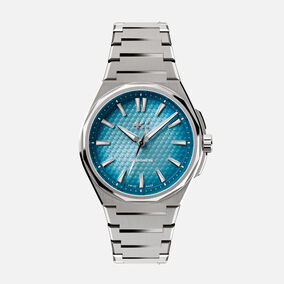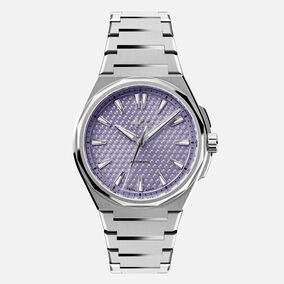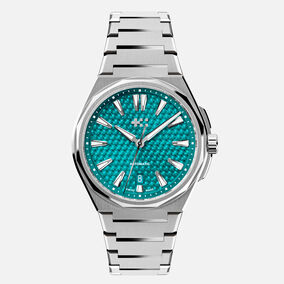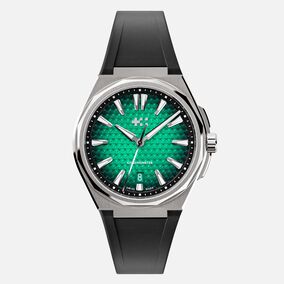In the first essay of a two-part series on horological history, Ken Kessler looks back on the mechanical watch revival and how it survived the coming of quartz

The huge watch companies were taken completely by surprise
Little in life happens in a vacuum, and – aside from the Big Bang, perhaps – few developments are the result of pure spontaneity. In order to appreciate the last 20 years of the changes in the world of watches, the period since Christopher Ward sold its first pieces, you need to look at the previous 30. Everything you think you know about the watch scene today starts with what we now call ‘The Quartz Crisis’.
That cataclysmic event began in 1969 with the first commercially-available quartz watch. This is attributed to the Seiko Astron 35SQ, which was followed by the Swiss response in 1970, the Omega Beta 21. It isn’t too much of a stretch to think that the two were developed concurrently, just as it was no accident that three rival forces created the automatic chronograph in the same year. Only a conspiracy theorist would hint at collaboration, but it’s doubtful that the Swiss came up with the Beta 21 from scratch in under a year.
Why was quartz the cause of a crisis for the mechanical watch industry? Neither the greater accuracy of quartz nor the lower prices affected the serious or luxury watch sectors. The reality was that the Japanese manufacturers could deliver quartz watches at mass-market prices which their Swiss, German, French or US simply rivals could not. Despite the swift arrival of the Beta 21 movement supported by a number of brands, the huge watch companies of the United States and the more upmarket maisons of Switzerland were taken almost completely by surprise.
While it's true that in the 1960s Bulova had produced a hugely successful electric watch, the Accutron, and Elgin and Hamilton had issued less successful electric watches in the 1950s, affordable timepieces for the most part remained mechanical until quartz arrived. Seemingly overnight, then, the mechanical wristwatch had been rendered redundant. This also tells you that ‘watch culture’, our now-established hunger for fine mechanical timepieces, was yet to form.
Among the more chilling episodes in watch lore when ‘the crisis’ is discussed are tales of watch brands dumping tools and movements into Lake Geneva. As apocryphal as this may sound, there was much truth to it – an incredibly short-sighted response by the watch business. This was the collateral damage caused by manufacturers in the United States and Switzerland being decimated. Indeed, US-based watch manufacturing no longer exists except for the tiny niche producers. Yankee giants such as Hamilton and Timex moved offshore, in Hamilton’s case to Switzerland.

The huge watch companies were taken completely by surprise
By what magic it occurred, I do not know even though I was present at the time, as I was buying and selling vintage watches as far back as 1979. Unbeknown to me, as there was no watch community as exist today – no magazines, no internet, few books and not even wristwatch-only auctions – a backlash against quartz was taking place at street level. This groundswell of support for mechanical watches emerged almost simultaneously with their near-disappearance.
To reassert that nothing happens in a vacuum, this backlash was a global movement even though unassisted by the instant communication we know today. Instead, it was a ‘perfect storm’ that arguably began with the very watchmakers who knew not to abandon mechanical timepieces.
They are now industry legends, such as the late Günter Blümlein, who saved IWC and other brands, and who revived A. Lange & Söhne. Master watchmaker Gerd-R. Lang, formerly of Heuer, founded Chronoswiss as far back as 1983, precisely to keep mechanical watches alive. Among his actions (and he was not alone in this), Lang rescued tens of thousands of movements from destruction. Forty years later, they form the heart of a brand formed in his memory: Lang 1943.
Above all of this was the colossus now known as the Swatch Group. Although its name celebrates the antithesis of mechanical watches, the affordable Swatch – then quartz-only – saved the Swiss watch industry, while the group rescued Tissot, Certina, Longines, Omega and others. The Swatch Group would be joined by other multi-brand corporations including Kering, LVMH and the Richemont Group, all providers of horological salvation.
As Lang and his fellow watchmakers realised, the past must not be forgotten. On a less intellectual level, they also knew that there were millions of mechanical watches out there that were too good to be discarded and which would eventually need servicing. It wasn’t just the movements and spare parts that were required: watchmakers were necessary, too. And while we’re only just enjoying the fruits of their labours in training or encouraging a new wave of young, highly skilled watchmakers, it must be recalled that for at least two decades, precious few were being taught – and it takes as long to become a master watchmaker as it does a brain surgeon.
Further fuelling the passion for mechanical watches prior to the arrival of websites were assorted, seemingly unrelated phenomena: interest in buying and collecting pre-owned watches, the arrival of watch magazines, the coming of the new wave of ‘auteur’ watchmakers and more. These gave rise to specialist dealers in vintage timepieces and wristwatch-only auctions, while the new brands would focus on complications, exclusivity, and artisan values. And none could have happened without the others.
Watchmakers were employable only as restorers or repairers
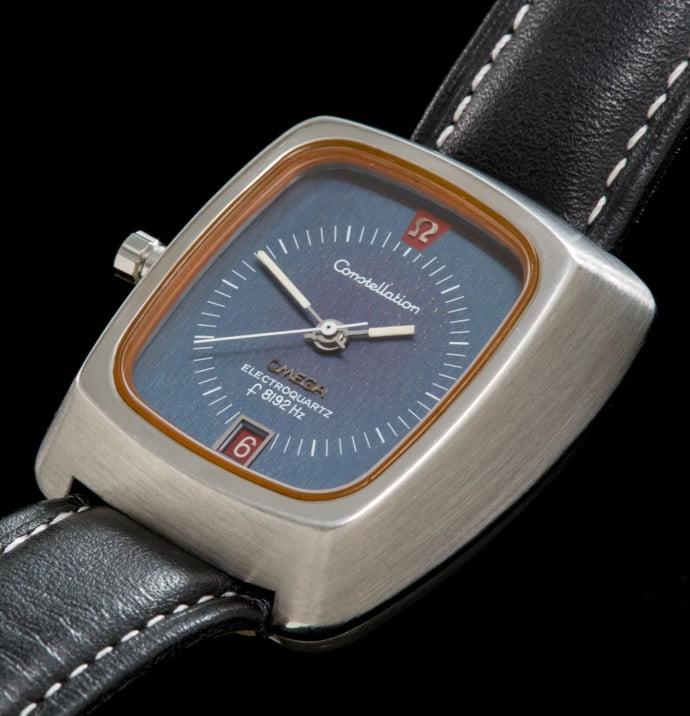
Watchmakers were employable only as restorers or repairers
Prior to the 1980s, if you said “watch auction”, it meant pocket watches. Wristwatches had not been taken seriously up to that point. ‘Tool’ watches from Rolex, Heuer, Breitling and the rest sold precisely to the people who needed them for their particular occupations: divers bought diving watches, pilots bought pilots’ watches, engineers and sportsmen bought chronographs.
As for luxury watches, the high-end trio of Patek Philippe, Audemars Piguet and Vacheron Constantin, and the fashion leaders of Cartier, Piaget and Chopard, though now aspirational, were barely known outside of a coterie of wealthy people. The rest of us bought a single watch to serve the most basic of functions: telling the time.
It was the rise of the collectors and enthusiasts which enabled everything we now understand about the watch world. They were the buyers who were not charmed by quartz watches and who, at that time, were relegated to buying the few new mechanical watches that survived the crisis. Rolex, Patek Philippe, Vacheron Constantin, Audemars Piguet, IWC, Breitling and a number of other established brands never abandoned mechanical watches, though they may have flirted with quartz.
From the mid-1980s onwards, the young watchmakers who learned their craft before quartz arrived suddenly found themselves employable only as restorers or repairers. In the 1980s and early 1990s, watchmakers of the calibre of Gerd-R. Lang, Franck Muller, Daniel Roth, Svend Andersen, Antoine Prezioso, F.P. Journe, Roger Dubuis, Philippe Dufour, Michel Parmigiani and a handful of others founded their own, usually eponymous brands. These post-crisis houses are now over 25 years old, having acquired longevity and provenance.
While these forces created the foundation for the recovery of the mechanical wristwatch, another crucial phenomenon also occurred: the revival of seemingly dead brands. From being lost in the midst of time, Breguet, Blancpain, Daniel JeanRichard and many others were resuscitated. Long-established extant brands that had survived the Crisis but which seemed to dwell below the radar were again in demand, from Doxa to Glycine to Panerai. The hunger for watches was enjoying a near-vertical trajectory.
But it wasn’t all about high-end timepieces nor even all about the Swiss. As you’ll find out in part two.

Related watches
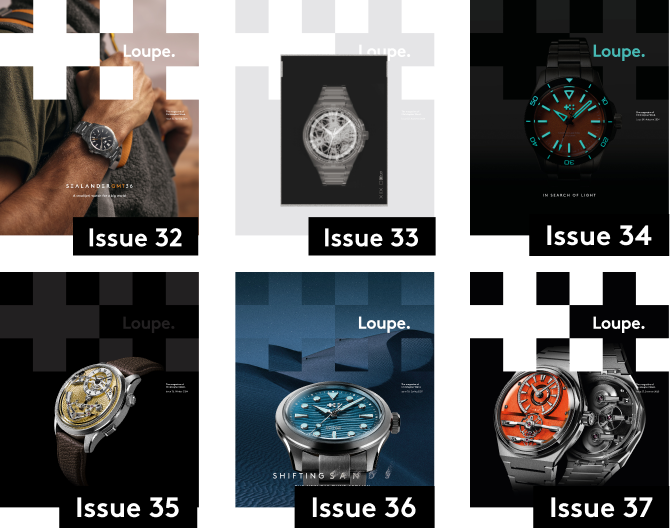
Sign up to Loupe magazine
Loupe is Christopher Ward’s quarterly in-house magazine. If you want to know what’s happening at CW (and you love great journalism), this is where to start. Alternatively, you can read all our back issues on your computer, tablet or phone.
Order your free copyRead Loupe online


